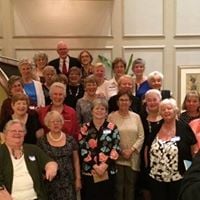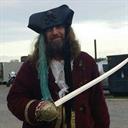In World War II, the famous "Doolittle Raid" over Tokyo was launched from which U.S. Aircraft carrier?
The USS Hornet (CV-8) was the seventh ship to carry the name Hornet. The Yorktown-class carrier in the U.S. Navy fleet had a distinguished career during its one year, six days of service.
It participated in the Battle of Midway, the capture and defense of Guadalcanal and the Battle of Santa Cruz Islands.
However, perhaps her largest contribution was being the launching point for the "Doolittle Raid" over Tokyo _ 30 seconds over Tokyo _ as an answer to the Japanese bombing of Pearl Harbor. The massive bombing run showed the enemy that it was not impregnable. The Navy kept the Hornet's bombing mission a secret for one year for security purposes, with President Franklin D. Roosevelt coyly referring to the ship involved as "Shangri La."
The Hornet was irreparably damaged by enemy torpedo and dive bombers during the Battle of Santa Cruz. Faced with an approaching Japanese surface force, Hornet was abandoned and later torpedoed and sunk by approaching Japanese destroyers. She was the last US fleet carrier ever sunk by enemy fire. For these actions, she was awarded four service stars, a citation for the Doolittle Raid in 1995, and her Torpedo Squadron 8 received a Presidential Unit Citation for extraordinary heroism for the Battle of Midway.
The current USS Hornet (CV-12), which recovered the Apollo 11 and 12 astronauts, is a National Historical Landmark, a California Historical Landmark and a public museum in Alameda, California.
More Info:
en.wikipedia.org



